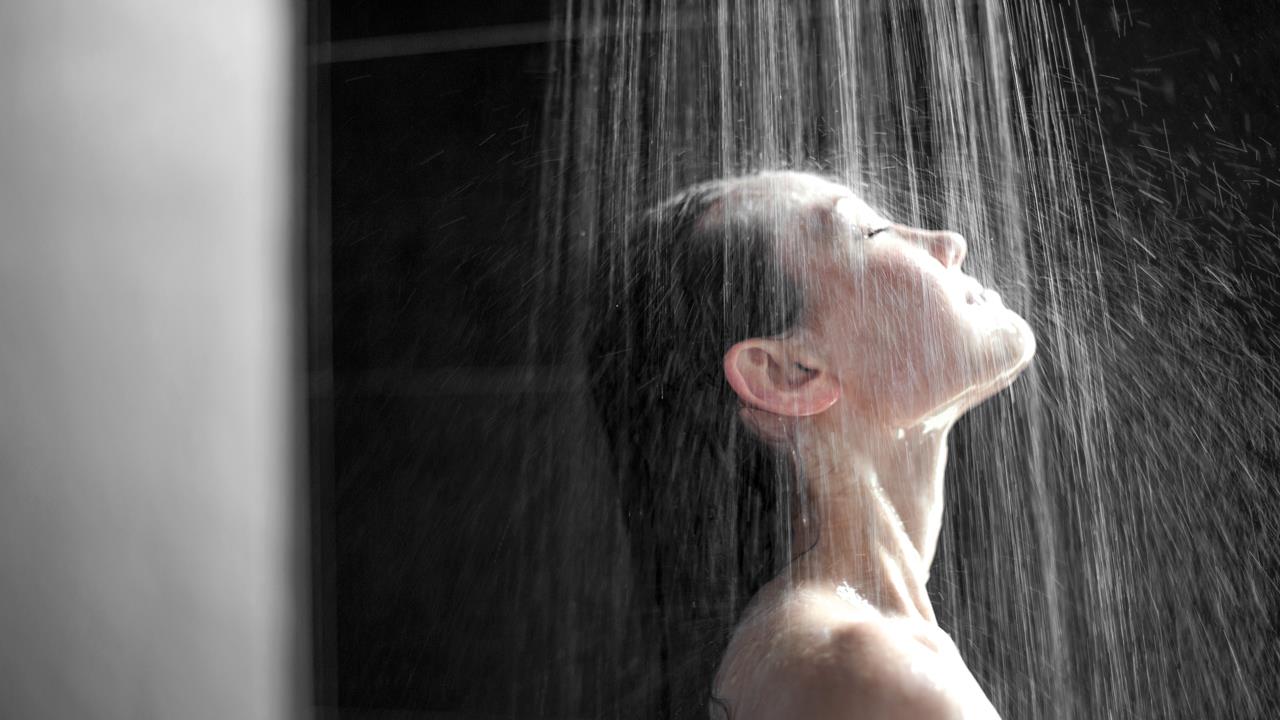

Richard Farrimond, Showering Category Manager at Wolseley, helps to address some of the common questions around digital showering.
It’s official, the UK is a nation of shower lovers. A survey carried out by YouGov on behalf of Mira actually suggests that only 24% of us prefer a good old-fashioned soak in the bath to an invigorating shower.
While the research covers a myriad reasons why we prefer a dunk under the shower – from the ability to multitask through to environmental concerns around saving water – one thing is clear, our love affair with showers is only getting stronger.
With so many options on the market, customer expectations have gone beyond looking for a tradesperson with the skills to handle the installation.
Whether due to a rise in multi-generational homes creating a need for additional bathrooms, a switch from traditional bathrooms to wetrooms and en-suites, or baths being taken out to make way for easy access showers, customers are turning to trusted installers for help and advice about which type of shower will best fit their needs.
Questions around the benefits of electric showers compared to gravity-fed or mixer showers, or the physics of gravity fed systems versus combi boiler or mains pressure systems, are something you’ve no doubt tackled about as many times as you’ve had showers yourself.
However, with digital showers continuing to grow in popularity, installers increasingly need to be able to offer customers advice on the benefits of digital controls and the ‘smart home’ concept.
As an installer, one of the single most attractive features of a digital shower is the fact that it can be installed anywhere – regardless of the type of system.
The ability to work with almost any set of circumstances allows installers to hone their knowledge and skills on digital ranges – facilitating an easier sales conversation and a faster fit time.
This flexibility of use also offers installers the ability to increase their margin by upselling customers from a normal mixer shower, with minimal additional cost or time investment.
Digital showers can be fitted in as little as an hour. Generally made up of a digital mixer unit, wireless shower control, and the shower fittings themselves, the complete system can be installed quickly with minimal disruption.
Unlike its mixer shower counterparts, the digital system also allows you to mount the unit away from the control. With many manufacturers offering step-by-step guides and videos to assist installers, installation couldn’t be much simpler.
There’s no denying that, while showers are certainly better than baths when it comes to water and energy conservation, they are still a drain on our resources. With the average shower lasting about seven to eight minutes – consuming both water and energy while it runs – there is certainly scope for homeowners to reduce the energy footprint of their shower.
By understanding the benefits offered by the digital controller – with the option to monitor and control both shower length and temperature – installers can help to educate customers seeking an eco-friendly shower solution which effectively balances energy conservation with performance and aesthetics.
With the ability to pre-set the shower to a desired temperature and even create user profiles, a digital unit is great for those who like the luxurious feeling of stepping into a shower which is set to the perfect temperature, as well as offering safety benefits to families with children or elderly people, who may require lower, personalised temperature settings.
The rise in smart technology brings with it a desire for a product that looks the business as well as offering high-tech functionality. Digital showers are no different.
Far from the days when a shower was nothing more than a white plastic box on the wall, digital showers are now design-led. For the consumer looking to create a bathroom that offers the ultimate in style as well as function, digital showers offer a sleek alternative to their electric counterparts.
According to Aqualisa, plumbers were the earliest adopters of digital shower technology, while consumers have been slower to see the benefits. With fast, easy installation and suitability for pretty much any type of water system or location, it is in the interests of both installers and customers to make the move towards digital showering
If you'd like to keep up-to-date with the latest developments in the heating and plumbing industry, why not subscribe to our weekly newsletters? Just click the button below and you can ensure all the latest industry news and new product information lands in your inbox every week.